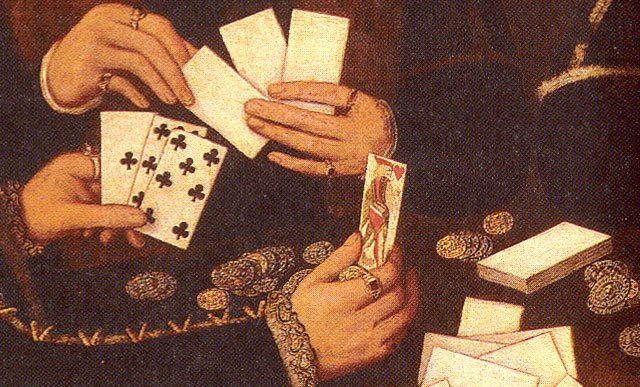History of Chemin de Fer – Chemin de Fer stands apart as a broadly embraced club game present in various betting foundations universally. Filling in as a special version of the conventional Baccarat game, it presents urgent subtleties that lift the rush and intricacy of the experience.
This complete aide is made to demystify the basics of Chemin de Fer, offering important experiences and tips to improve your ongoing interaction. Whether you’re a fledgling looking for a presentation or a carefully prepared player meaning to refine your abilities, this guide vows to take care of your necessities. Set up your live vendor baccarat online club, and let the gaming venture begin!
History of Chemin de Fer
“Chemin de Fer,” which means “railroad” in French, is an exemplary gambling club game with a rich history. Its starting points can be followed back to France in the nineteenth hundred years, and it is viewed as one of the early varieties of Baccarat.
The Historical backdrop of Betting shows that Chemin de Fer previously acquired prevalence among the French nobility during the nineteenth hundred years, especially in the court of Lord Charles VIII. It was in many cases played in confidential settings and selective clubs. The game’s name, “Chemin de Fer,” is accepted to be a reference to how the cards were rearranged, looking like a winding railroad track.
The game in the end advanced toward Britain, where it was embraced by the high society. In the English form, players alternated going about as the financier, and the game became known as “Chemmy.” In both the French and English adaptations, the center principles and mechanics stayed comparative, underlining the correlation of card values and key wagering.

How would I play Chemin de Fer?
Card Managing Cycle: At the beginning of the game, the vendor appropriates two cards to every player and two to themselves. Strikingly, all cards are managed face down.
Deciding Hand Values: In Chemin de Fer, the computation of a hand’s worth includes adding the mathematical upsides of the two cards in that hand. Aces are esteemed at a certain point; face cards (ruler, sovereign, and jack) alongside the 10 are relegated zero focuses; and cards 2-9 hold their mathematical worth.
Surveying Choices for Investors and Players: Following the conveyance of cards to players, the broker assesses two hands. Therefore, players are given two decisions: to stand or draw a third card.
Drawing the Extra Card: Choosing a third card involves drawing it straightforwardly from the deck. This card is then integrated into the current two, and the combined worth of the hand is recalculated.
Result Assessment: When all players have gone with their choices, the financier looks at their hand to the players’. The result relies on whether any player has a higher complete than the broker. Without even a trace of a higher complete among players, the broker arises triumphant.
Contrast between Chemin de Fer and Baccarat
This table sums up the primary distinctions between Chemin de Fer and Baccarat, featuring key differentiations in their starting points, player support, broker’s job, wagering choices, card managing, and by and large game elements.
Rules of Chemin de Fer
Essential Goal: The major objective in Chemin de Fer is for players to accomplish a higher point complete than the broker’s hand.
Starting Card Appropriation: At the beginning, every player is managed two cards, and these cards are given overcoming to keep a component of mystery. . Every player gets two cards, with the choice to draw a third in light of Baccarat Rules.
Decision-Production for Players: Following the underlying card circulation, players wind up at a pivotal choice point. They should pick between two choices: either to draw an extra card or to hold the ongoing absolute of their hand.
Drawing an Extra Card: On the off chance that a player picks to draw a third card, this activity is led straightforwardly from the deck. The drawn card is then added to the current two, and the combined worth of the hand is recalculated.
Statement of Purpose: Critically, the choice to draw an extra card includes a proper announcement of plan by the player. This statement is an essential step before any drawing happens.
Player and Investor Drawing: After the player proclaims their expectation, both the player and the financier, if essential, draw their particular cards. This cycle guarantees straightforwardness and reasonableness in the game elements.